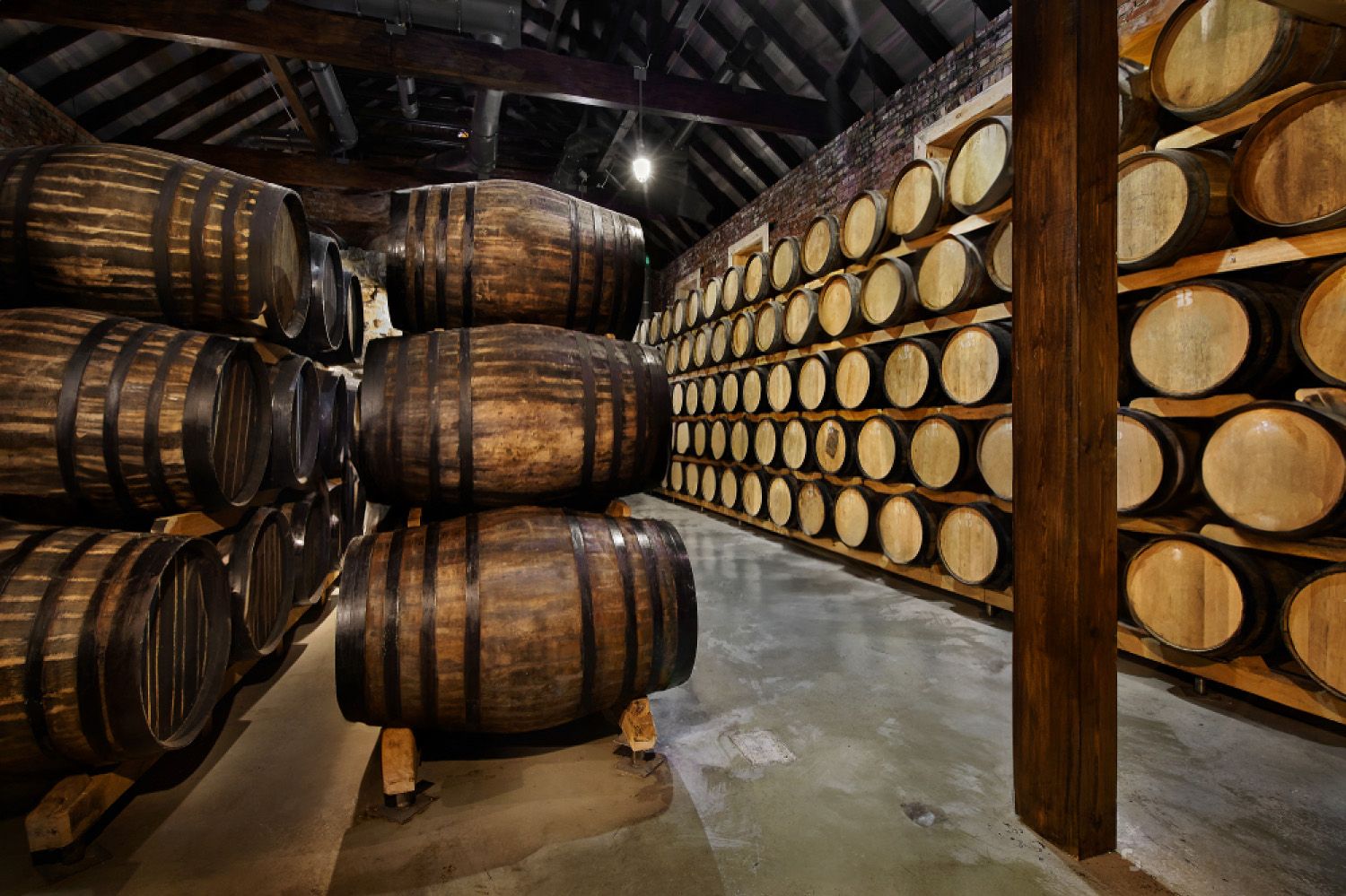
The Importance of Whisky Casks in Scotch Whisky Maturation

Victoria O'Brien
Head of Content at London Cask Traders
The Importance of Whisky Casks in Scotch Whisky Maturation
Whisky casks, the ‘oak guardians’ of Scotch whisky, play a pivotal role in preserving the rich traditions and heritage of the Scotch whisky industry. These casks are essential, not only for holding the spirit, but for shaping its flavour, aroma and character. In fact, it is estimated that 40-70% of the character of a malt whisky emerges during the maturation process, underscoring the profound importance that the cask plays.
In this blog, we’ll delve into the world of whisky casks, exploring how they shape a whisky's character, discover why they are essential for aging Scotch whisky, and we’ll take a closer look at the different cask types and sizes. London Cask Traders are here to help you enhance your knowledge of whisky to ensure you make an informed decision when considering whisky cask investment.
Scotch Whisky Casks – the Basics.
A whisky cask (or whisky barrel) is a vessel, made from oak, for the purpose of maturing whisky.
Legally all Scotch whisky must be matured in an oak cask for at least three years. But why oak specifically? Oak is the perfect material in which to mature whisky because of its strength, durability, and suppleness. Its tight grain ensures that casks are watertight on the inside, while the wood's compound structure significantly minimizes the potential for leakage on the outside.
Crucially, the cask also adds flavour, colour and aroma to the resulting whisky.
Most Scotch whisky casks come from the USA or from Spain. While there is no legal obligation to do so, Scotch whisky producers prefer to mature their whiskies in casks that have previously held another spirit – usually bourbon or sherry, but sometimes wine, port, tequila or rum.
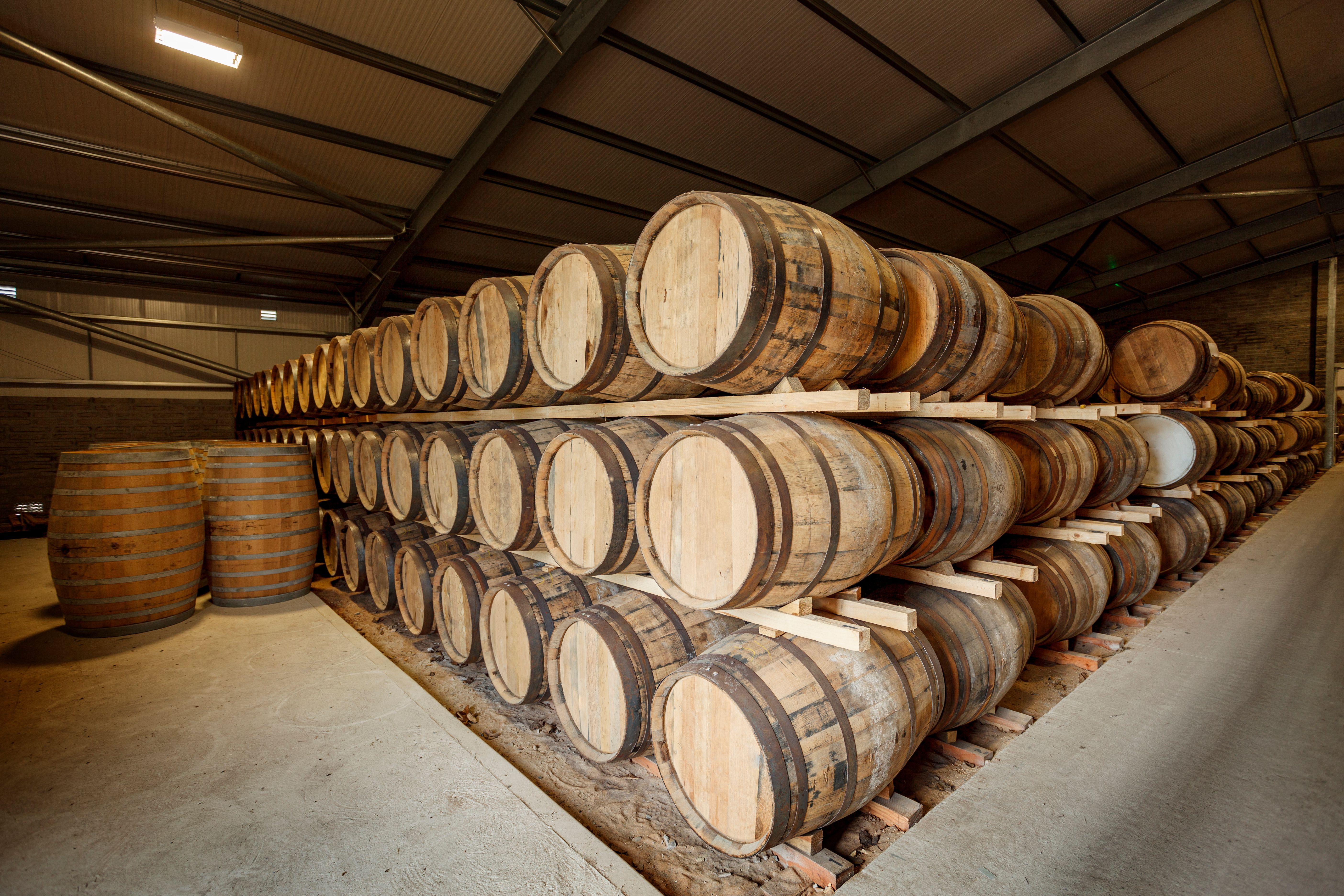
Types of Oak
Oak forms the cornerstone of Scotch whisky’s identity. There are generally two main types of oak used to make casks – American oak and European oak – each imparting their own unique characteristics to the whisky.
American Oak (Quercus alba)
American oak grows abundantly in the United States and Canada. It’s used for cask-making because, when charred, American oak releases a range of flavourful compounds, including vanillin, lactones, and tannin, which imparts flavours of vanilla, caramel, and butterscotch.
European Oak (Quercus robur)
European oak, native to northern Europe, is used for cask-making due to its fine, porous grain. This porosity allows for enhanced interaction between the spirit and the wood, promoting oxidation and enriching flavour development over time. It imparts distinctive notes of dried fruits, warm spices, and berries.
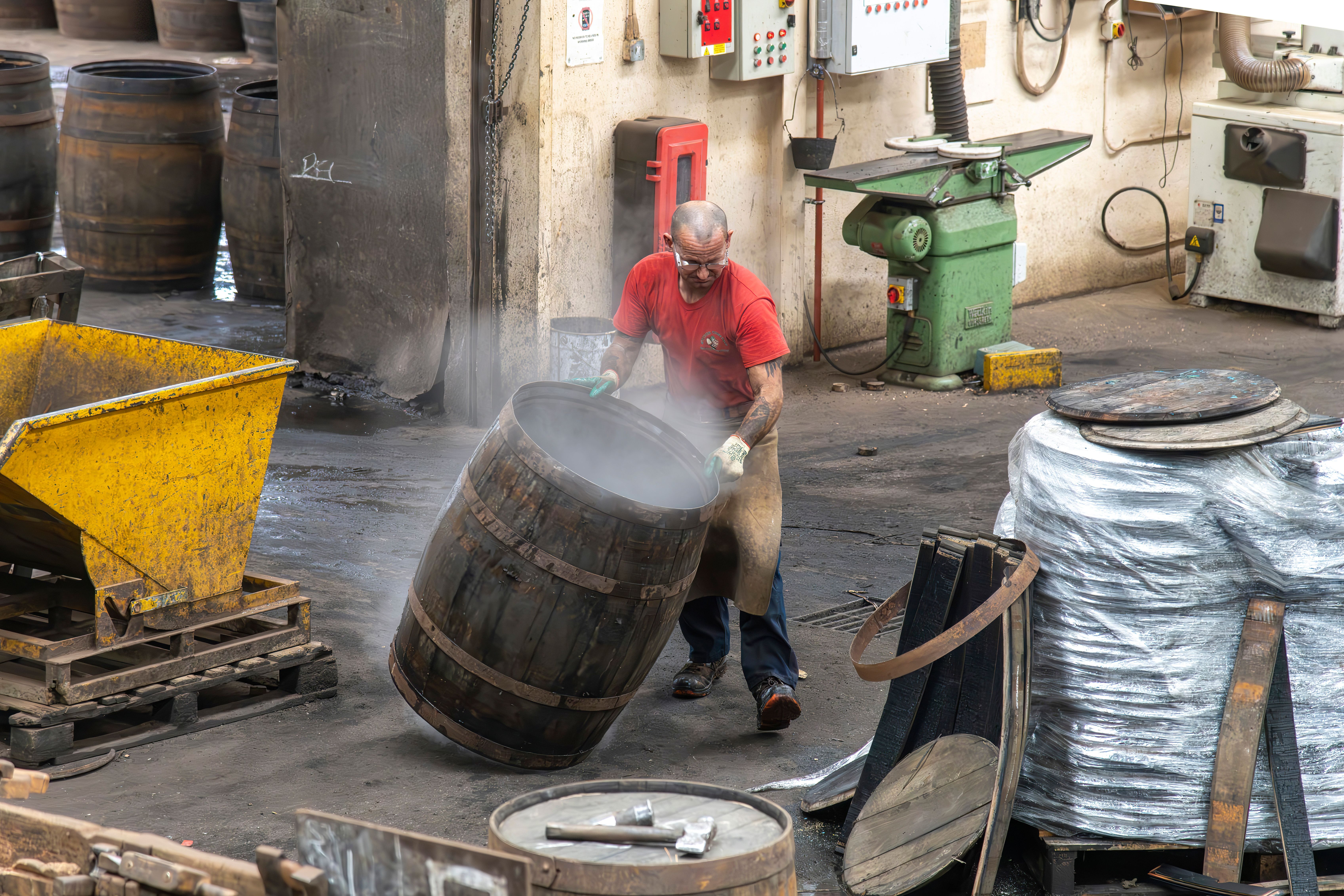
Cask Types & Sizes
American Standard Barrel (ASB)
Size: 180-200 litres.
The American Standard Barrel (ASB) is by far the most commonly used cask in Scotch whisky making and will usually have previously held bourbon. By law, bourbon barrels have to be made from new, charred American oak and used only once, making them ideal for a second use by the Scotch whisky industry.
Hogshead
Size: 225-250 litres.
Hogsheads are made from ASBs or Butts that have been dismantled into staves and shipped to cooperages in Scotland. There, the staves are reassembled with new oak ends, making the Hogshead cask longer and narrower than the standard ASB. The increased capacity allows for greater interaction between the whisky and the wood.
Butt
Size: 475-600 litres.
Butts are typically made in cooperages in southwestern Spain. They are then sent to Jerez in southern Spain for seasoning, with sherry varieties such as Oloroso, Fino, and Pedro Ximénez (PX) in a process that usually takes up to two years. These casks are very expensive to produce, costing over ten times more than an American Standard Barrel.
Quarter Cask
Size: 45-50 litres.
Quarter Casks, the smallest of the main cask types, are highly prized for their ability to accelerate maturation and enhance rich, complex flavours and deep colours, due to their increased wood-to-liquid contact. They are commonly used for ‘finishing’, where whiskies aged in larger casks are transferred to Quarter Casks for a final maturation period of two to six months, intensifying their character.
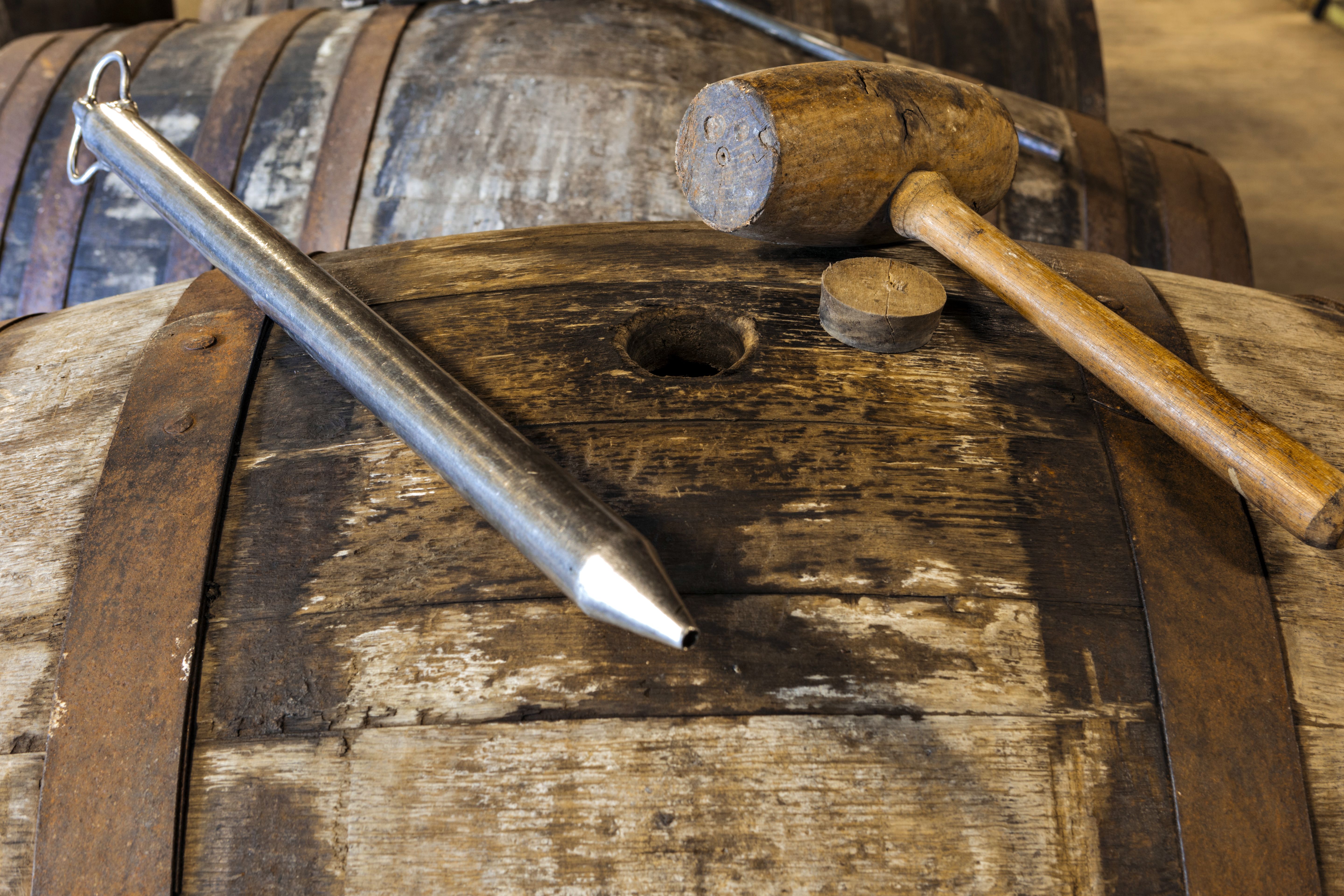
The Working Life of a Cask
The first time that the newly made spirit, or new make spirit, is filled into the used cask, the cask is referred to as First Fill. When the cask is eventually re-used some years later, it’s referred to as a Refill or Second Fill cask, and so on until it is exhausted.
A whisky cask's effective working life spans 50 to 60 years, during which it can be filled up to five or six times. When a cask reaches the end of its working life, it is typically dismantled and repurposed into ‘whisky oak chips’, commonly used by the food industry to impart smoky flavours to meats, fish and cheese.
Whisky Maturation
Once the cask is filled, it will embark on its long transformation into whisky. It will be transported to a warehouse to join the estimated 2.2 million whisky casks maturing across Scotland at any given time. There, it will rest undisturbed for a minimum of three years and one day, as tradition and law require.
During the day the casks expand very slightly and during the night they contract. This movement in the wood allows for the spirit to be soaked up and released back into the cask, carrying Influences from the oak, like vanillin, tannins, and lignin, and filling the spirit with rich colour and flavour.
Time
Time is whisky’s greatest ally, contributing significantly to its character. However, new make spirit only needs to be in the cask for a matter of weeks, sometimes days, to pick up colour from its cask. That said, whisky that has been sitting in a cask for three years will not have the same character of a whisky which has been maturing for 12, 18, or 30 years or more.
Environment & Angels’ Share
During maturation, ethanol and water within the spirit turn into gases and some will escape into the atmosphere through the pores in the wood. This phenomenon is known as the ‘angels’ share’.
In Scotland, approximately 1- 2% of the cask volume will be lost each year in this way. In Scottish warehouses, with cool, temperate climates, the spirit is broadly retained compared to other whisky-making nations such as the US or Japan, where hot summers and cold winters can lead to higher evaporation rates and a greater loss of liquid content.
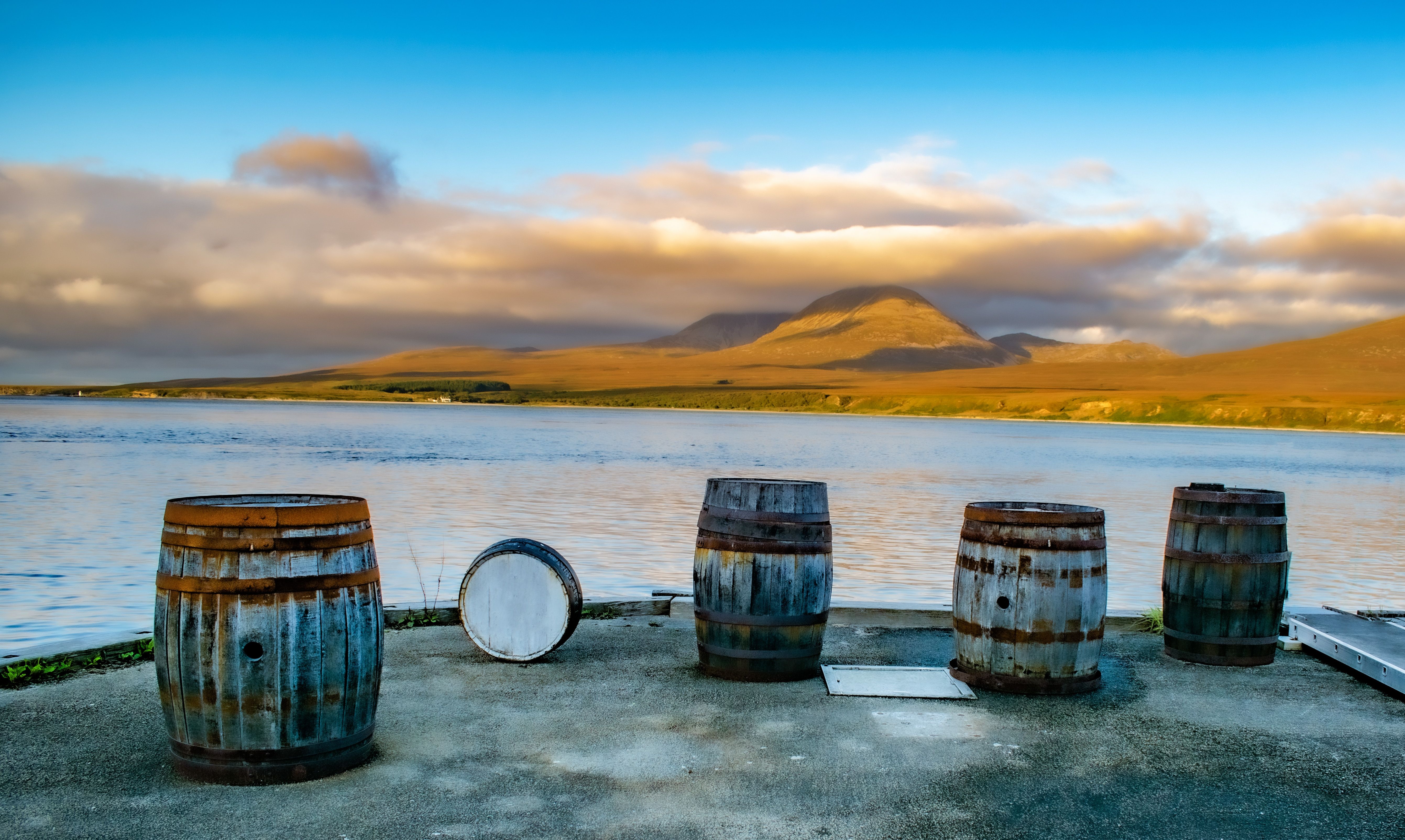
Let Our Experts Guide You
Become part of whisky’s future history by investing in whisky casks with London Cask Traders. If you’re eager to tap into whisky investment, the whisky experts at London Cask Traders are here to help you every step of the way.
Our knowledgeable and experienced team will hand-select the most promising casks and bottles to help drive maximum returns and enhance your collection’s value. We’ll use our expertise and industry knowledge to help ensure you make savvy choices you can raise a dram to.

Victoria O'Brien
Head of Content at London Cask Traders
